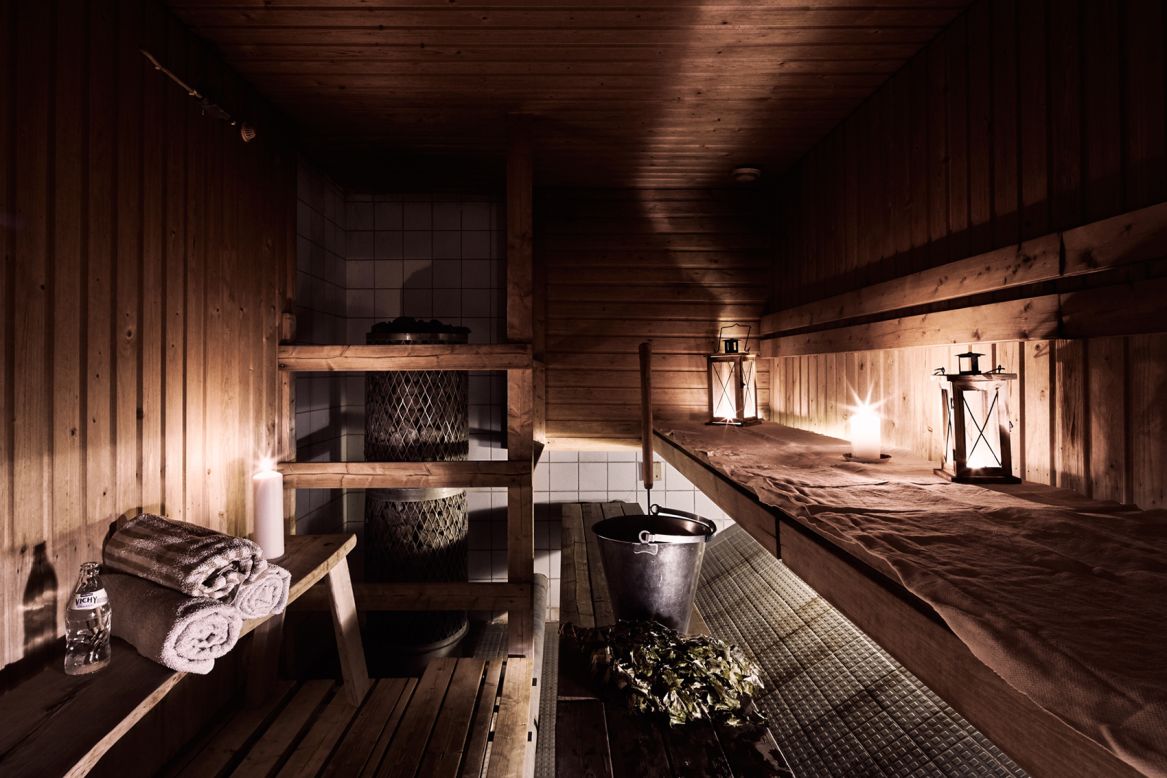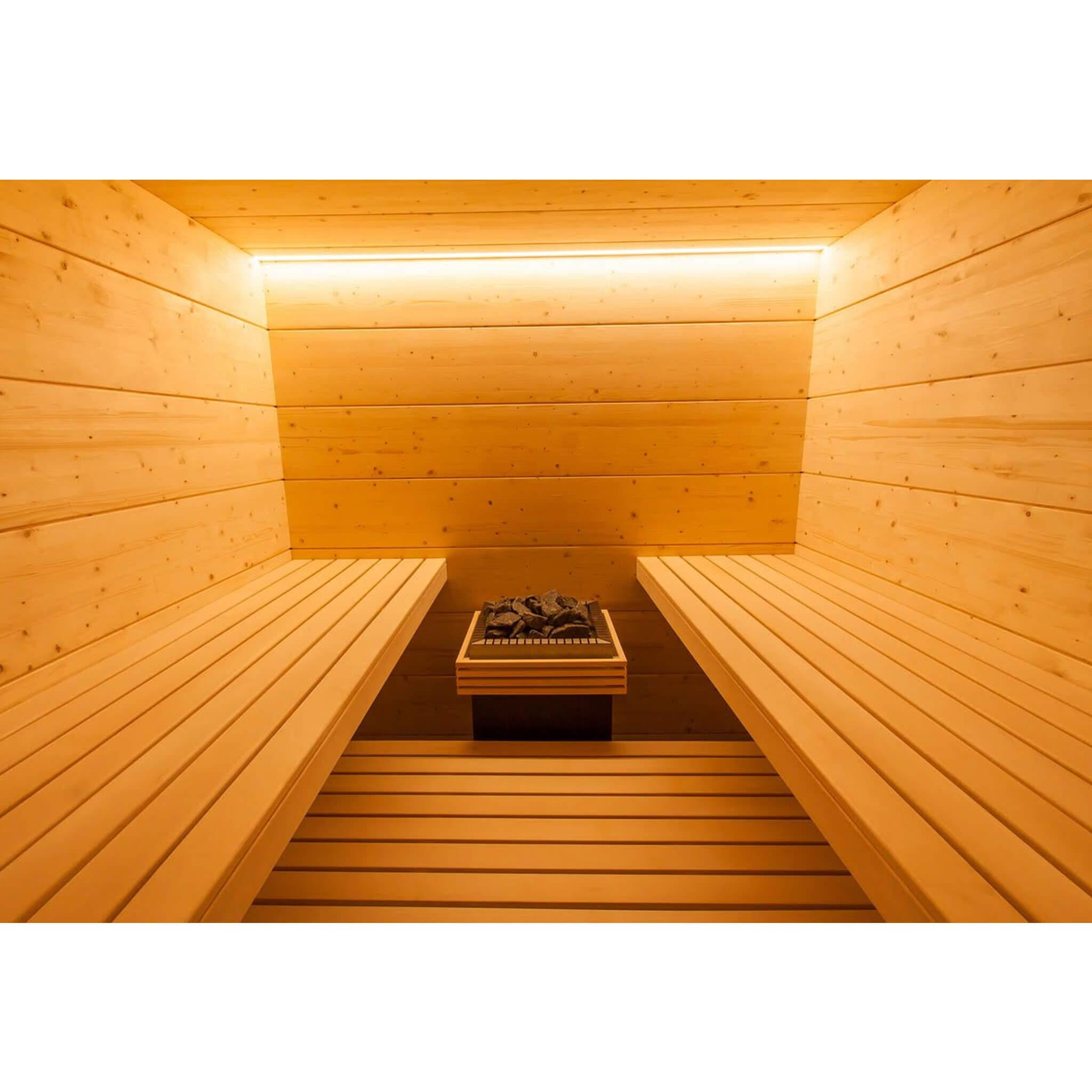Some Known Questions About Traditional Sauna.
Some Known Questions About Traditional Sauna.
Blog Article
The 5-Minute Rule for Traditional Sauna
Table of ContentsThe Definitive Guide to Traditional SaunaHow Traditional Sauna can Save You Time, Stress, and Money.An Unbiased View of Traditional SaunaA Biased View of Traditional SaunaThe 10-Minute Rule for Traditional Sauna
A lot of the weight shed in a sauna is water loss and is re-gained upon rehydrating. Without an uncertainty sauna can be an important part of a healthy weight loss program. To look at the differences between traditional and IR saunas, I will divide these right into proven, academic, and produced differences.Thus, the hottest point in the saunawhich goes to the ceiling straight above the sauna heateris commonly between 185 and 190 F. Claims that a conventional sauna surpasses 200 F is simply not real and not applicable for electric saunas offered in the US. The temperature for a far-infrared sauna is generally set between 120 and 140 F; nevertheless, unlike the standard sauna, the goal in and IR area is not to attain a high temperature level.

When a typical sauna has been properly heated, the sauna walls are cozy, the air temperature level has achieved set temperature and the rocks are very heated. As an interesting side note, the heated walls and the rocks are emitting far-infrared warmth, combined with the warmed air, to create an "enveloping warm".
The 3-Minute Rule for Traditional Sauna
When the high temperature level is attained, the elements cycle on and off to preserve the high temperature. Most standard sauna customers take pleasure in pouring water over the rocks to produce vapor to increase sauna humidity degrees. The benefits of putting water over the rocks consist of: making the area a lot more comfy, moistening the nasal flows, and permitting the use of aromatherapy by mixing crucial oils with the water.

When the power enters the body, it causes the body temperature level to boost and inevitably leads to sweating. In an infrared sauna it is necessary for the emitters/heaters to continue to be on practically continuously. Given that there is no mass of rocks to maintain warm, the sauna will certainly cool down if the emitters shut down.
The Only Guide to Traditional Sauna
As discussed above, the sauna bather in an infrared room intends to position himself before operating emitters to get maximum take advantage of the heat. The heating time for both areas can be really different, relying on how the areas are used. For a conventional sauna, a bather needs to allow 30-40 mins for the space to accomplish a wanted temperature and to correctly pre-heat the rocks.

A well created sauna will typically accomplish a temperature level of 150-160 F in regarding 30-40 minutes. For hotter temperatures, the space may need to warmth for a longer duration.
To some, 15 minutes was "thrown away" while the infrared power warmed the wood panels as opposed to heating up a body, while others locate a pre-heated area to be much more comfy and believe an elevated starting temperature level is essential to begin perspiring. these details The size of advised use for every room is around the very same (10-15 mins per session); nevertheless, as a result of the reduced air temperatures and the capacity to feel the impacts of infrared heat much faster than a typical sauna, it is not unusual for an individual to invest an overall of 20-30 mins in an infrared sauna.
Excitement About Traditional Sauna

The average cost per kWH of power in the U.S. is around $0.11, so a 4.5 kW heating system will cost approximately $.50 to compete one hour, if the heater runs continually for one hour. Commonly a sauna heating unit will run for 75% of the very first hour and 50% of succeeding hours on considering that the components cycle once the established temperature is accomplished.
A 2 individual far-infrared room is normally literally smaller sized than a conventional sauna, often regarding 4' x 4' or smaller. The IR home heating system is commonly 1.5-1.7 kW using a 120 volt 15 amp plug-in service. Since the room can be used quicker than a sauna room, we will certainly assume the room is used for to of an hour consisting of warm up time.
There is a seldom talked about difference in the social image source experience between the two spaces. While our culture has shed several of the social advantage of the traditional sauna experience, it can be very socially gratifying (Traditional Sauna). From household time in the sauna, to heart-felt discussions with loved ones, to sauna partiesthe typical sauna experience can cause intimate socializing
Fascination About Traditional Sauna
A lot of higher end infrared areas include colored light therapy, noise systems and full-glass fronts.
Report this page